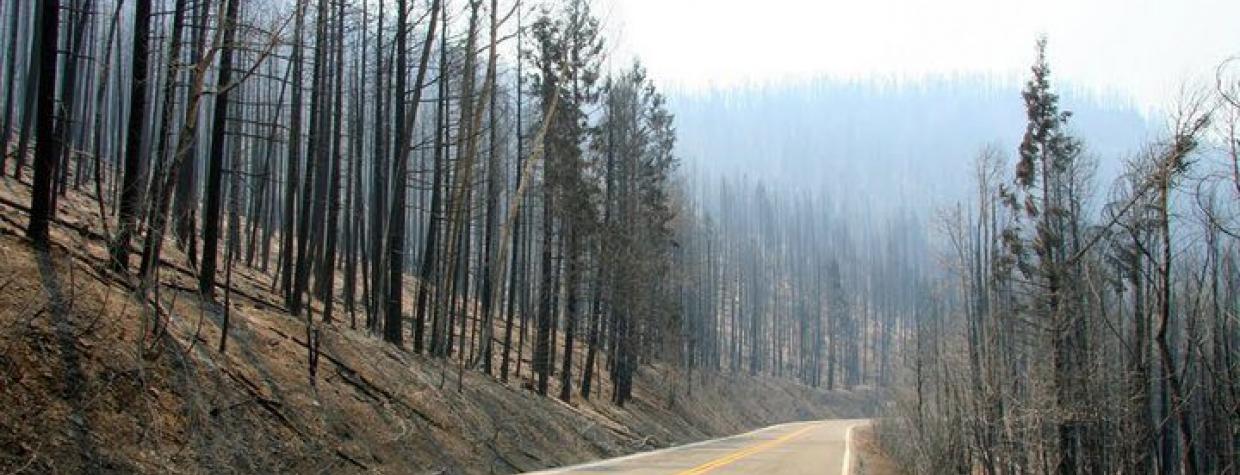State officials said last week that Arizona could be ripe for a wildfire season rivaling 2002 and 2011, which produced the two largest blazes in the state's recorded history.
Governor Doug Ducey and Jeff Whitney, the state's chief forester, said conditions now are similar to those in 2002, when the Rodeo-Chediski Fire burned more than 400,000 acres, and 2011, when the Wallow Fire topped it with more than half a million acres burned.
As Capitol Media Services and other outlets reported, those conditions include a lack of major fires in the past two years, above-average rainfall leading to more vegetation that's now drying out, and high numbers of tourists visiting fire-prone areas during wildfire season. At this time last year, only 500 acres had been burned by wildfires in the state; this year, more than 2,100 acres have been burned.
Whitney noted the relatively recent shift in dealing with fires, from a suppression strategy — where fires are put out as quickly as possible — to allowing fire to play its natural role in the forest ecosystem. We reported on aspects of that shift in Cutting It Down to Size, a story in the April 2016 issue of Arizona Highways about the Four Forest Restoration Initiative.
Not all forest fires are human-caused, but some are, so this seems as good a time as any to remind our readers of proper campfire management. For that, we turn to (who else?) Smokey Bear. The highlights:
- Don't build a campfire in a place where fires are prohibited.
- Use existing fire pits (don't create your own).
- Keep the fire small and under control.
- Put it out before you leave by pouring water on it, and make sure it's all cold to the touch.
Let's do our part to keep Arizona's forests green and beautiful. And let's cross our fingers and hope for the best this fire season.

